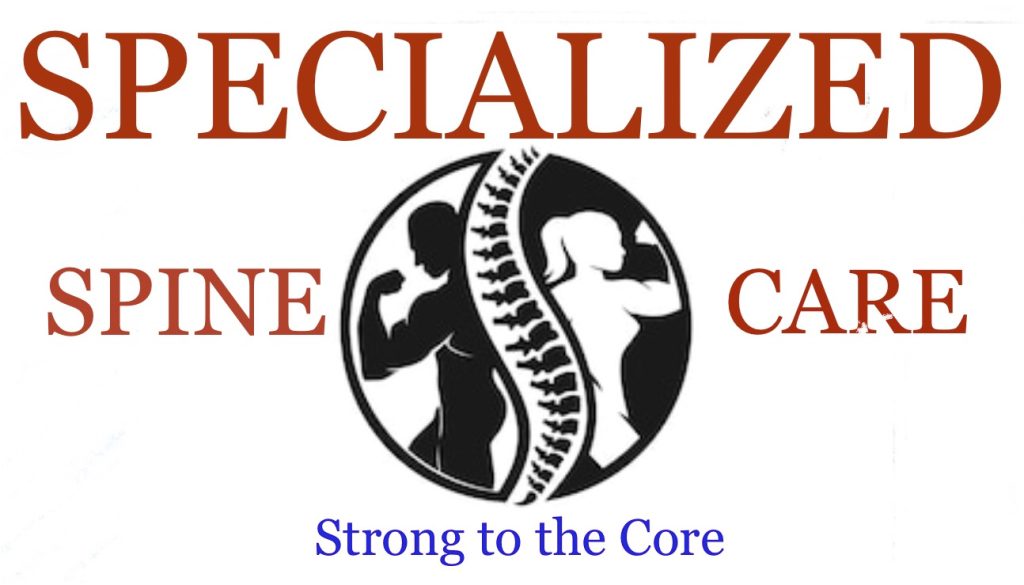Spine 1999;24:889-898
Spine 1999;24:889-898
Study Design: A comparison of treatment of 412 patients with chronic back pain at two separate centers using the same treatment protocols and outcome measures. Outcome was defined by specific strength testing; Short Form-36 scores at intake, discharge, and 1-year follow-up; self-appraisal of improvement at discharge and in a 1-year follow-up; and reuse of health care services after discharge.
Objectives: To investigate the efficacy of standardized treatment methods using isolated lumbar strength testing and strengthening based on progressive protocols using specific equipment. Comparison of results should clarify the effect of the treatment center versus the efficacy of standardized protocols.
Summary of Background Data: There has been little support in the scientific literature for exercise programs based on standardized protocols. The use of specialized equipment to achieve intense specific exercise also has been poorly supported. Overall health benefit has not often been related to specific improvement in strength.
Methods: More than 400 individuals with chronic back pain were evaluated at the initiation of treatment, discharge, and 1 year after discharge. Measures of efficacy were based on Short Form-36 scores, self-appraisal of improvement, and reuse of health care services after discharge. Study participants were patients with chronic back pain consecutively referred to each treatment site and underwritten by a variety of payers, including workers’ compensation, Medicare, and private insurance.
Results: Overall response during the course of the program and at 1-year follow-up was similar between the two centers. Similar proportions of participants at each site demonstrated improvement in SF-36 scores, self-appraisal of improvement, and reuse of health care services.
Conclusions: Standardized protocols using specific strength and measurement equipment can achieve similar benefits at different sites. [Key words: low back pain, outcomes, restorative exercise, strengthening, treatment]
From U.S. Orthopedics, Little Rock, Arkansas; The Department of Orthopedics, University of California, San Diego; Washington University, St. Louis, Mo.; the Physicians Neck and Back Clinic, Minneapolis, MN, Preventive Care, Columbia, Mo.

Copyright © 2025 Specialized Spine Care, all rights reserved.